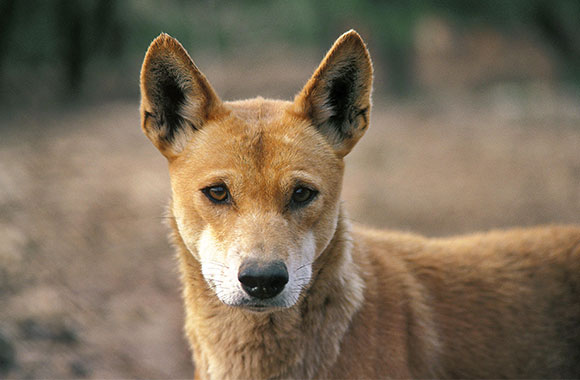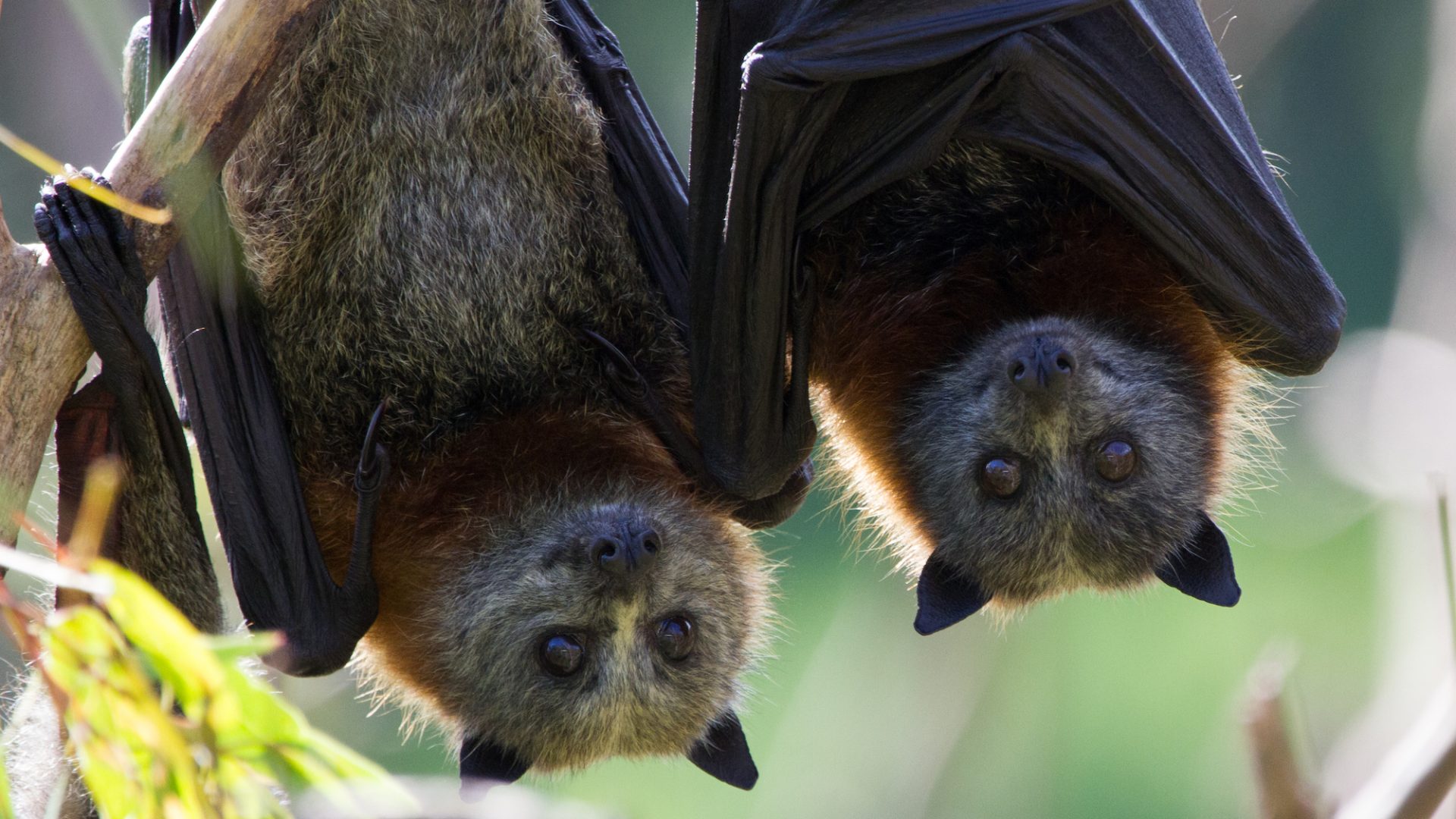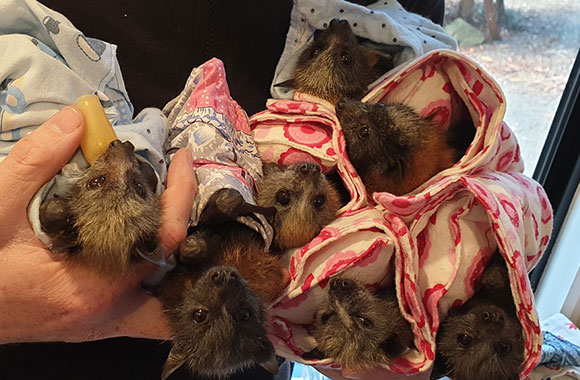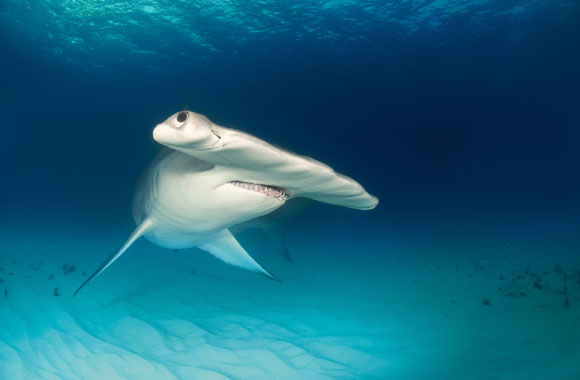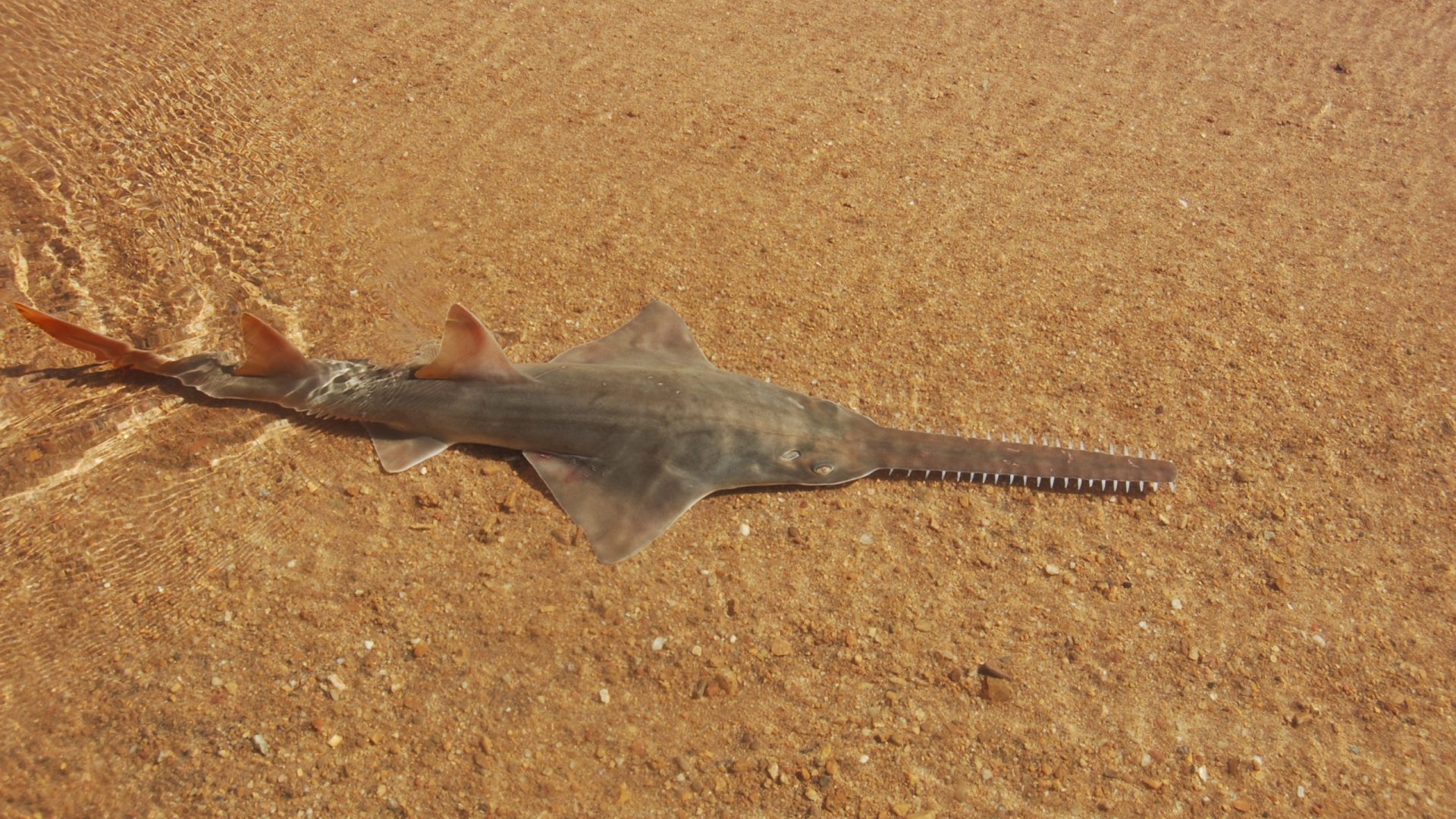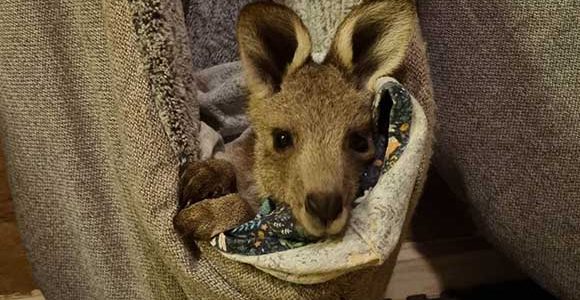On the 7th of September, 1936, the last remaining Tasmanian tiger died alone in captivity. This native Australian species suffered and disappeared largely due to habitat destruction and hunting encouraged by the government. Almost 90 years later, with many native animals listed as vulnerable or endangered, we urgently need to learn from past mistakes.
Despite being adored by people across the continent and the globe, Australian wildlife populations are declining at an alarming rate. Even the most cute and charismatic species who seemingly receive a lot of conservation attention, like the koala, are under threat.
Thankfully, there is a growing number of compassionate people – just like you – who want to turn this trend around and see native animals survive, and thrive, alongside us.



